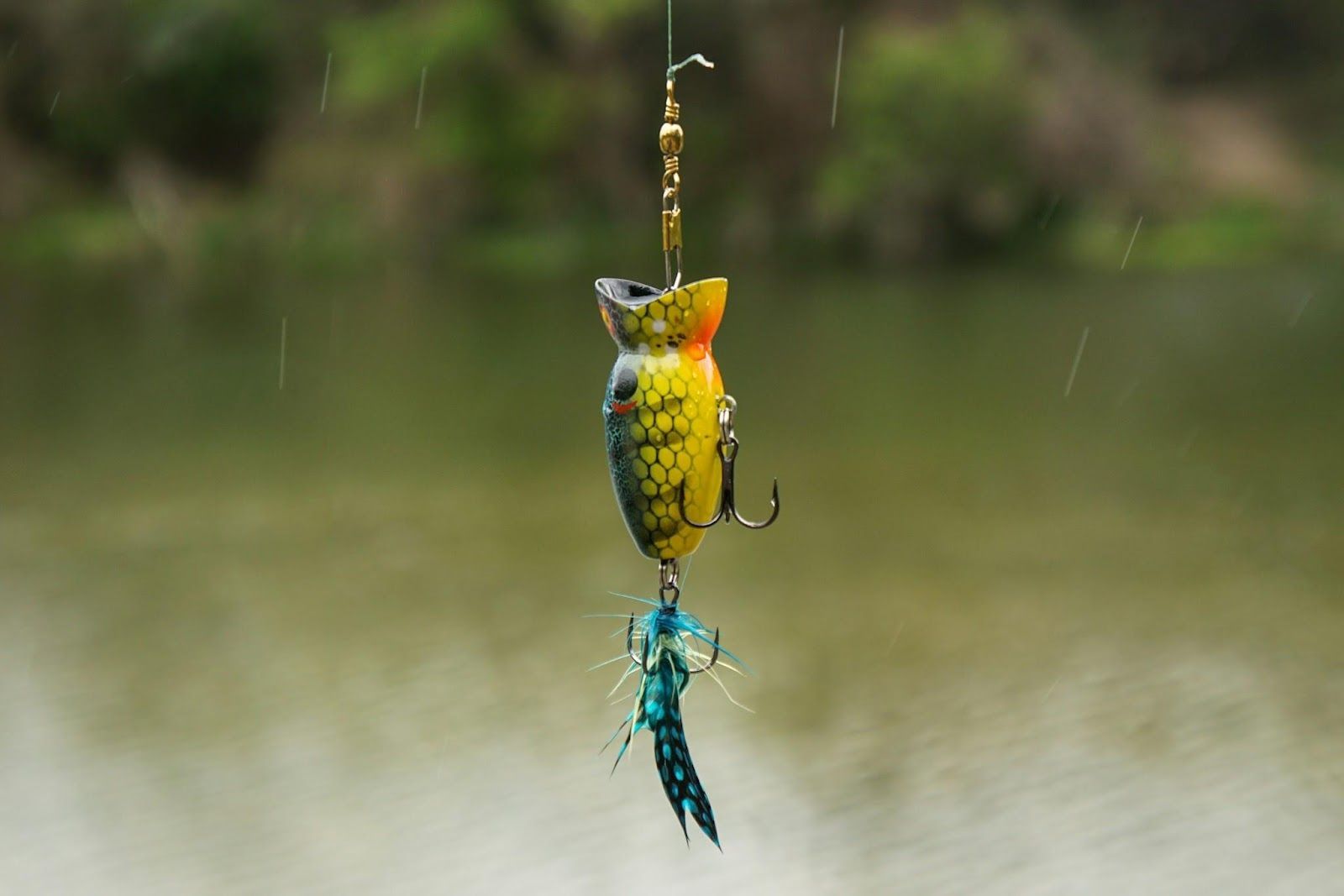Hee-haw!
City folks use these 12 agricultural terms daily without even knowing it
Published on November 19, 2025
 Credit: Lomig
Credit: Lomig
A great deal of words that are used regularly started in the fields. Terms tied to crops, livestock, and tools found their way into everyday language and stuck around. Take a look at the following 12 examples. You might be surprised how many common expressions have their roots in the soil!
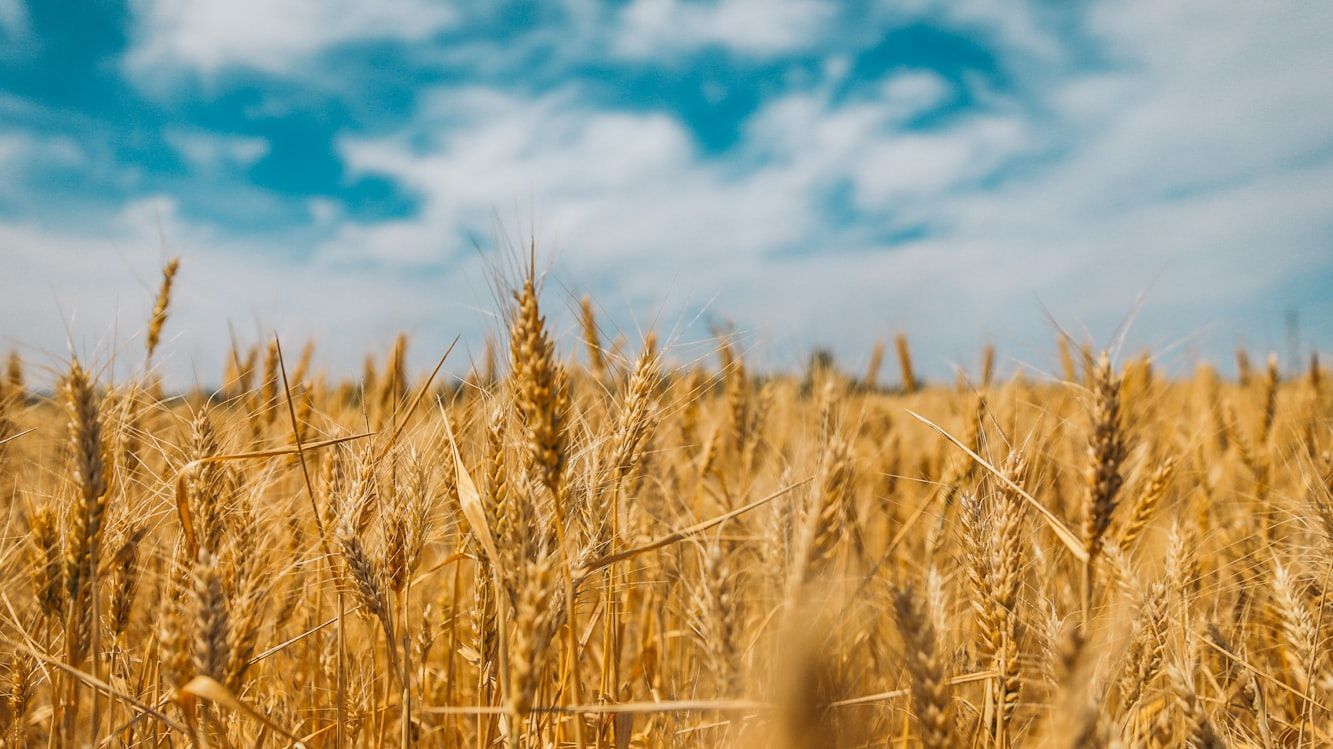 Credit: Polina Rytova
Credit: Polina Rytova
Broadcast
Originally, the word "broadcast" referred to the act of scattering seeds widely across a field by hand, as opposed to planting them in rows. It comes from the idea of casting broadly.
Today, it means transmitting information widely, whether through radio, TV, or the internet. The idea of wide distribution remains central to its meaning.
Yield
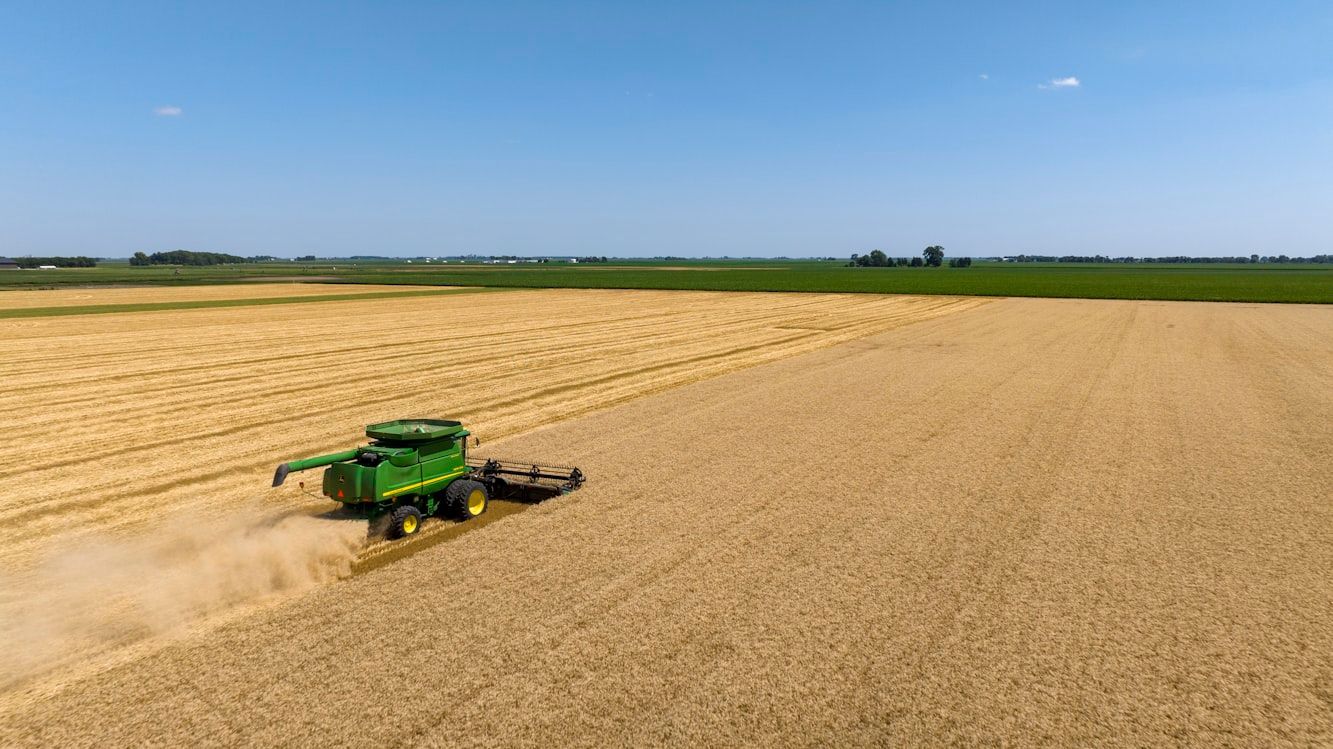 Credit: James Baltz
Credit: James Baltz
In agriculture, "yield" is the amount of crop a piece of land produces, like bushels of wheat per acre. It measures productivity and output.
Now, the term applies to anything that produces results, like financial returns ("bond yield") or even traffic rules ("yield to oncoming cars").
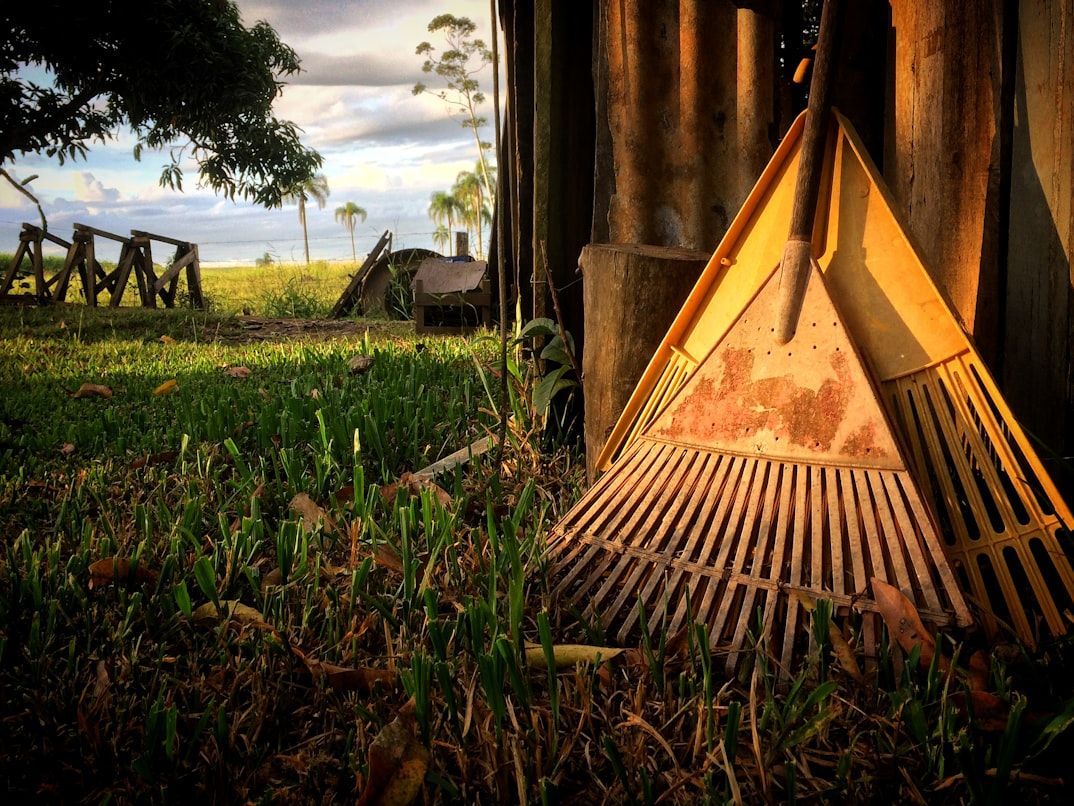 Credit: Ronaldo de Oliveira
Credit: Ronaldo de Oliveira
Rake in
Farmers once used rakes to gather loose hay, straw, or leaves into piles. It was all about pulling in a large amount of material with minimal effort.
Today, when someone "rakes in" money or rewards, they’re collecting big gains, often with the same sense of ease and abundance.
Cultivate
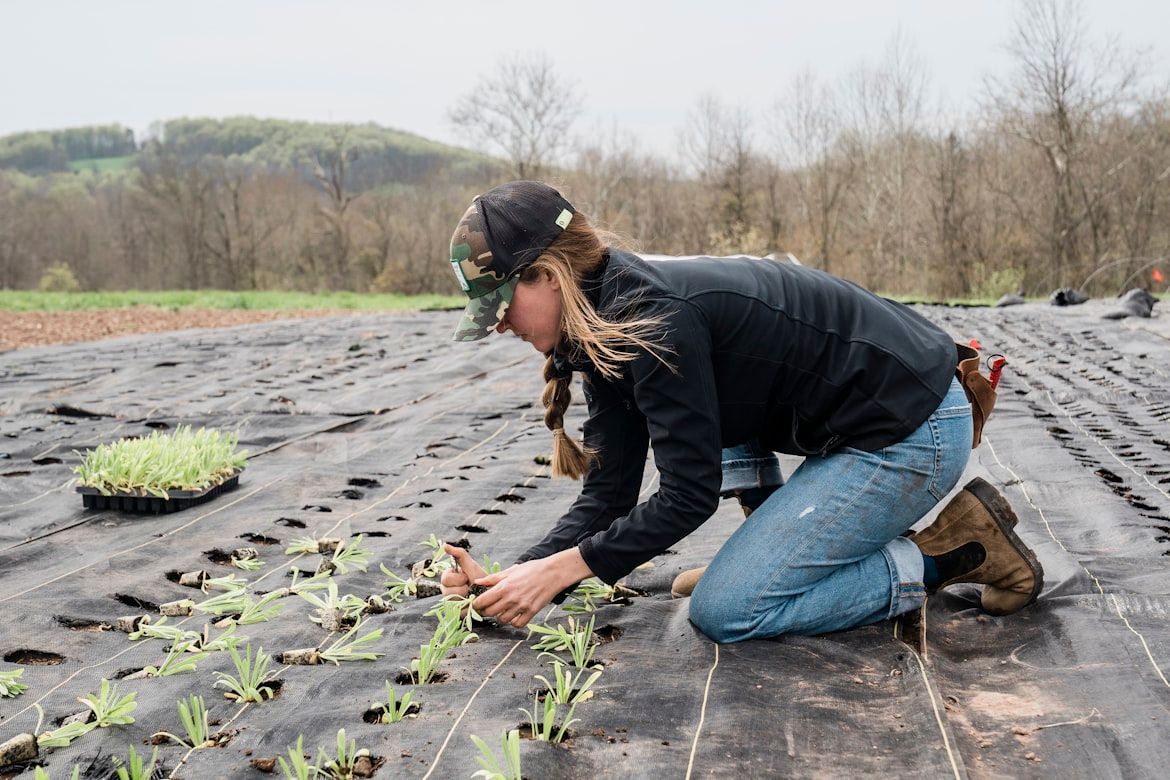 Credit: Zoe Richardson
Credit: Zoe Richardson
To cultivate originally meant breaking up and preparing the soil for planting. It involved effort and care to create the right conditions for crops to grow.
Now, we "cultivate" habits, relationships, or talents, almost anything that requires attention and nurturing to develop.
Muckraker
 Credit: Jacob Jolibois
Credit: Jacob Jolibois
Farm workers used rakes to clear out manure (muck) from stalls. The job was dirty but necessary for hygiene and order.
By the early 1900s, "muckraker" was applied to journalists who exposed corruption. Like stable cleaners, they dealt with society’s filth to bring truth to light.
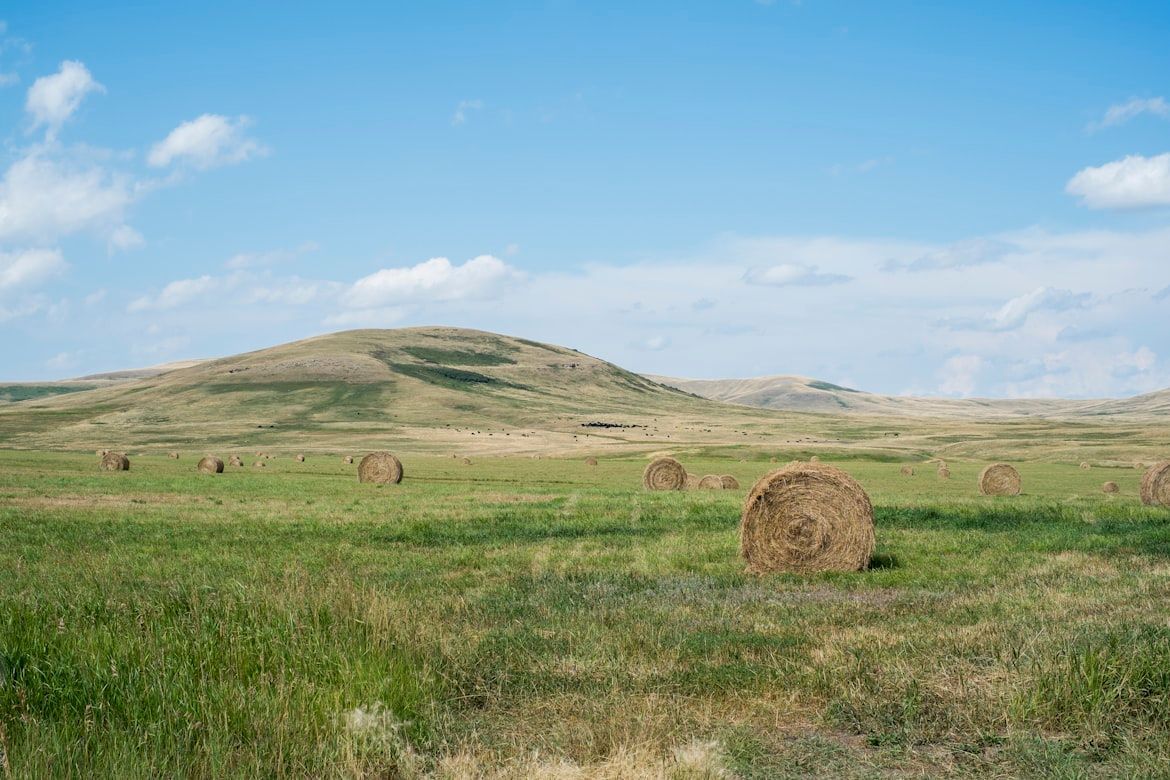 Credit: Jenelle
Credit: Jenelle
Haywire
Baling wire was used to bind hay. When it got tangled or broken, things became messy and hard to fix, disrupting farm operations.
Today, when something goes "haywire," it means it’s out of control or malfunctioning, chaotic, just like a jammed bundle of haywire.
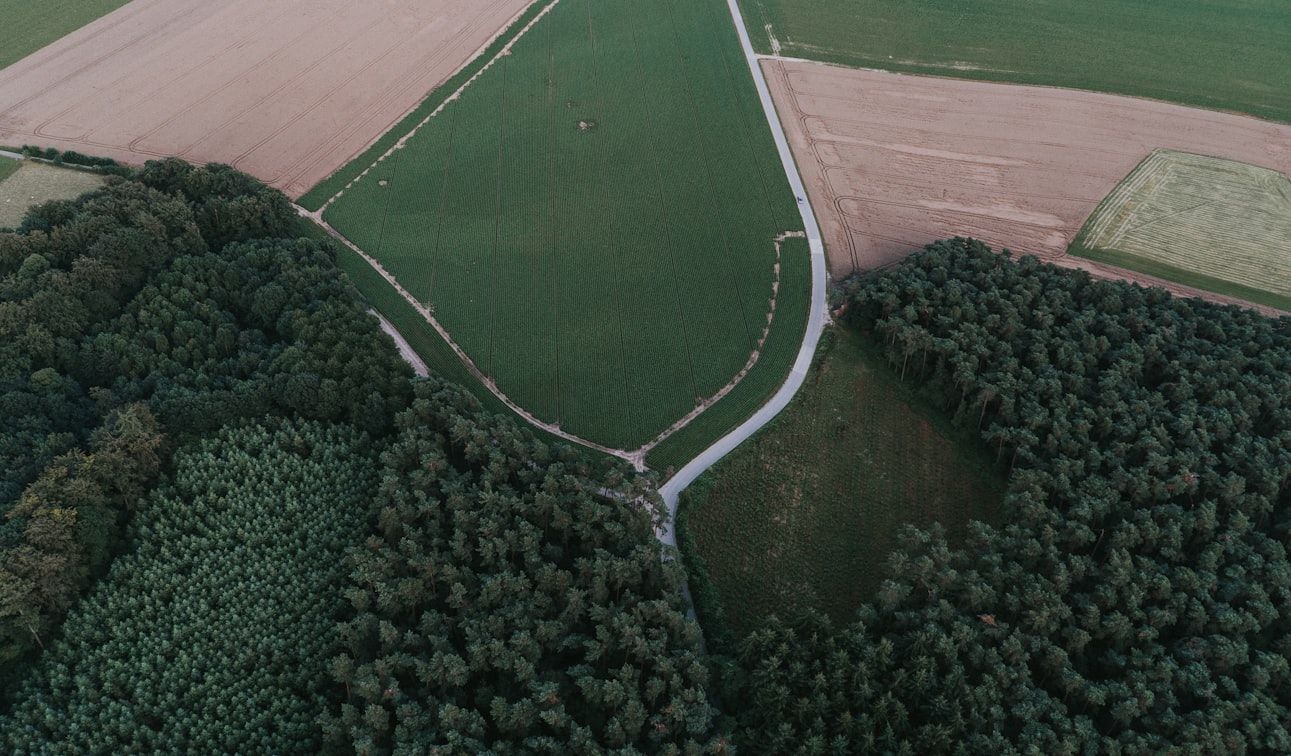 Credit: Antoine Pirard
Credit: Antoine Pirard
Harrowing
A harrow is a farming tool used to break up and smooth soil after plowing. It was a rough, grueling process, both for the land and the farmer.
Today, "harrowing" describes emotionally disturbing or traumatic experiences, which could be linked to anything as intense and unsettling as roughing up hard soil.
Grub
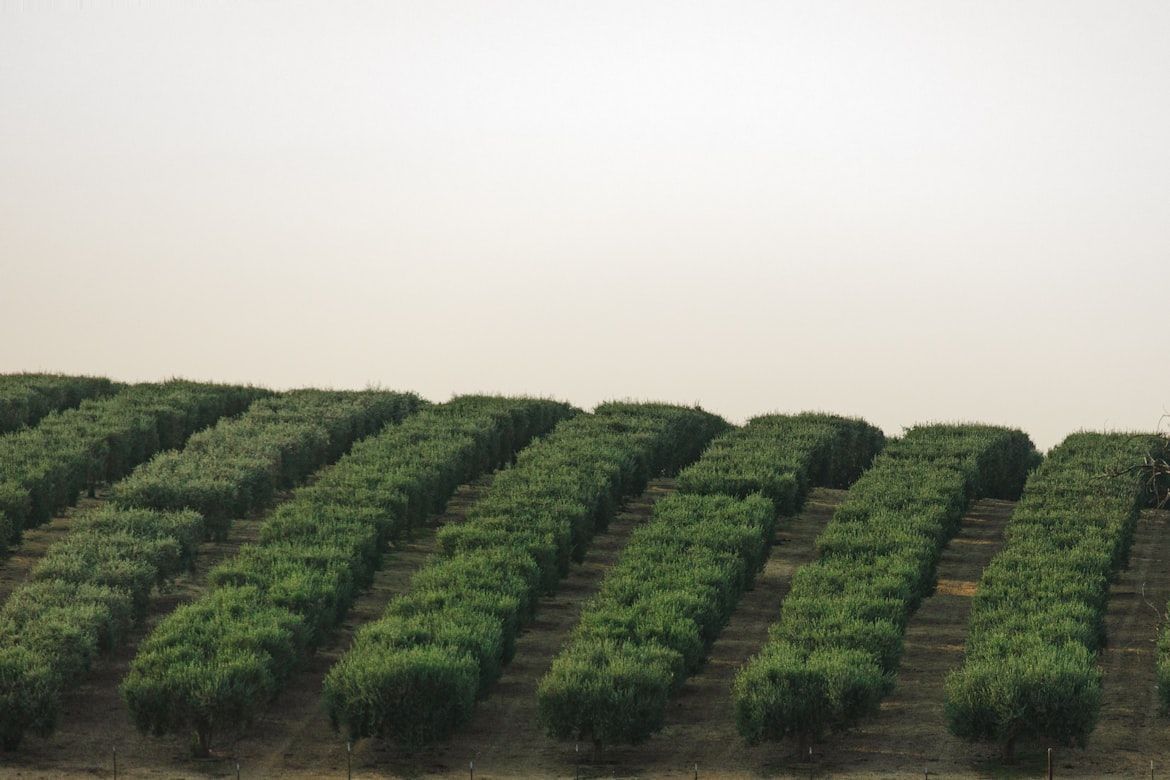 Credit: Humberto Portillo
Credit: Humberto Portillo
Grub began as a verb meaning to dig up soil, especially to clear land or find roots. It was backbreaking farm work.
Later, the word came to mean food, possibly from the idea of foraging or digging for something to eat. Now, it’s casual slang for a meal.
Corny
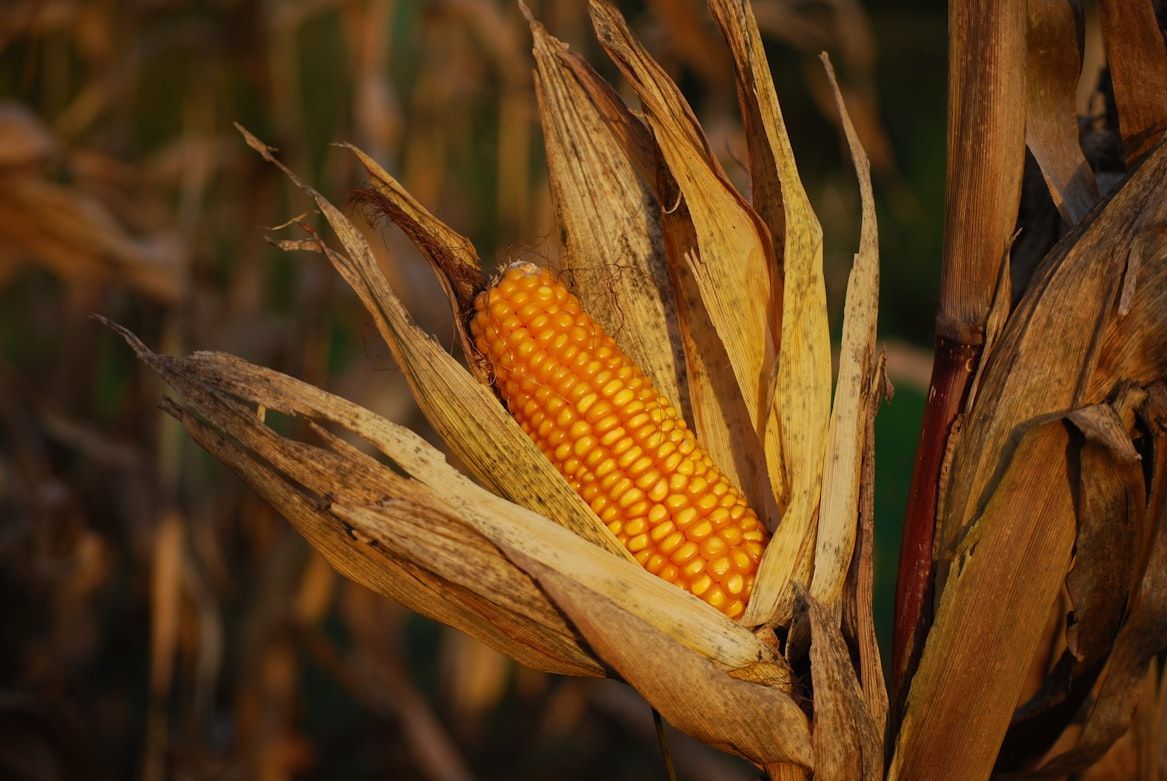 Credit: Christophe Maertens
Credit: Christophe Maertens
Corny once described something rustic or rural, like a country song or, you guessed it, a homespun joke. It was tied to life in corn-growing regions.
Over time, it came to mean something overly sentimental, cliché, or cheesy, often with an old-fashioned or unsophisticated vibe.
 Credit: Matt Thornhill
Credit: Matt Thornhill
Greenhorn
Young cattle, especially those with small, soft horns, were called greenhorns. They were inexperienced and not yet toughened by life.
Now, a "greenhorn" is any newcomer or rookie, someone fresh, naive, and still learning the ropes.
Lame duck
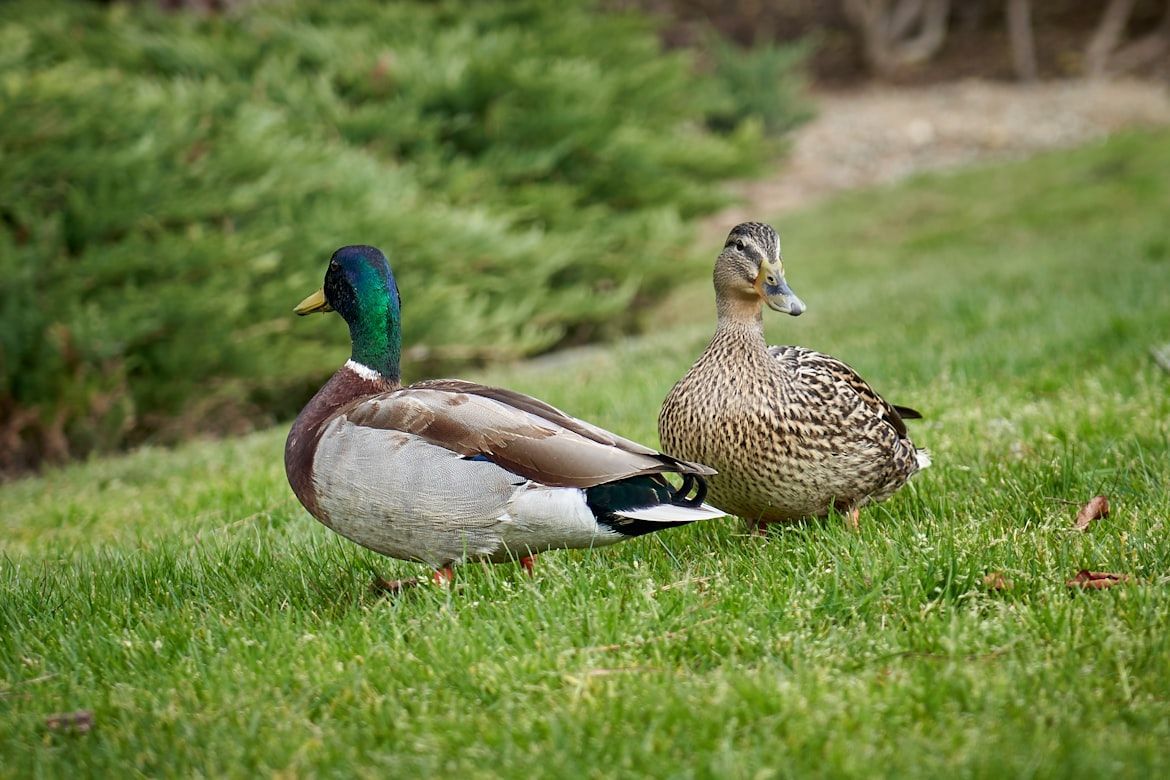 Credit: Nikolay Tchaouchev
Credit: Nikolay Tchaouchev
A "lame duck" on a farm was a bird too injured to survive in the wild or keep up with the flock. It was vulnerable and ineffective.
In politics, it refers to someone (usually an outgoing official) who has lost influence or power but is still technically in office.
 Credit: Finn Mund
Credit: Finn Mund
Pecking order
Chickens naturally establish dominance through pecking: pecking each other to assert rank within a flock.
The term now describes any hierarchy, from office politics to social groups, where some have clear authority or priority over others.









